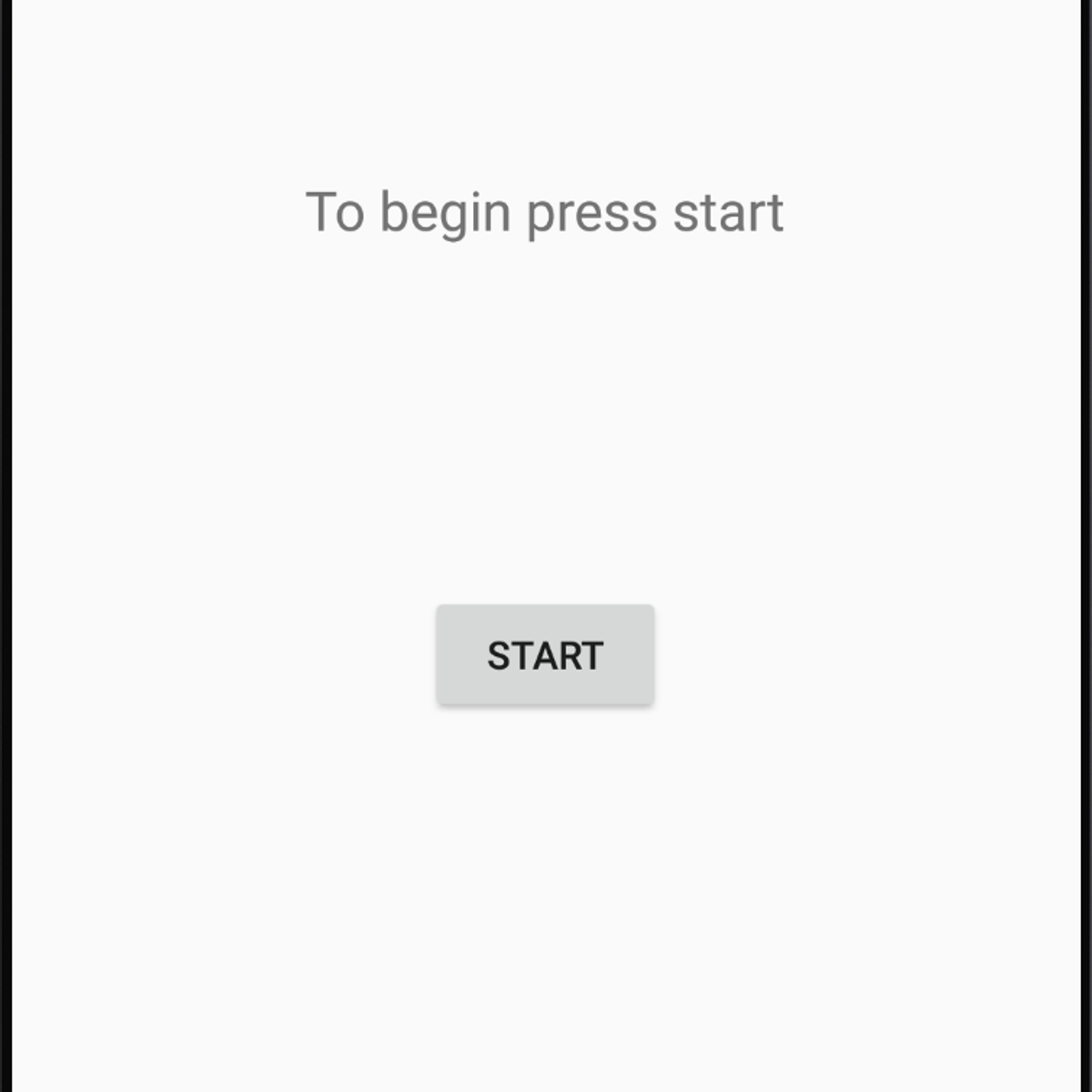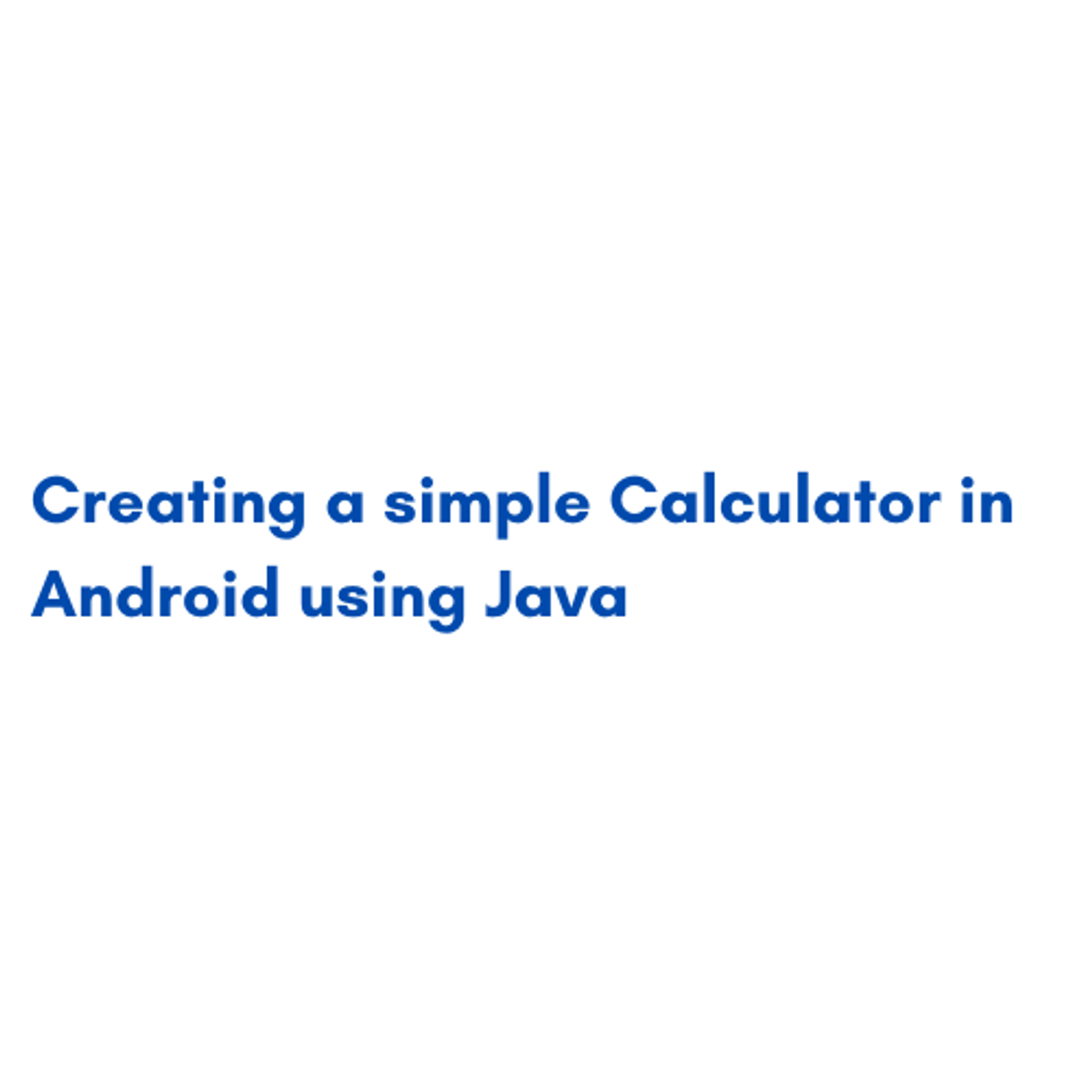Back to Courses









Computer Science Courses - Page 5
Showing results 41-50 of 2309

Distributed Load Testing Using Kubernetes
This is a self-paced lab that takes place in the Google Cloud console.
Lab has instructions to conduct distributed load testing with Kubernetes, which includes a sample web application, Docker image, and Kubernetes deployments/services.

Python Scripting: Dates, Classes and Collections
This course is the second course in a series that aims to prepare you for a role working as a programmer. In this course, you will be introduced to the four main concepts in programming: Advanced String Operations and Dates, Modeling Classes, Development of Classes and Collections. Labs will allow the students to apply the material in the lectures in simple computer programs designed to re-enforce the material in the lesson.

Software Design Methods and Tools
Since many software developers are compulsive coders, they have created software over the years to help them do their job. There are tools which make design and its associated tasks easier. The course introduces some basic tools and techniques to help you with design. Tools aren’t always tangible, however. The last two lessons of this course discuss questions of Ethics in software development. The purpose here is, as with tools, to equip you to better carry our your responsibilities as a designer. Students will be required to have a prior knowledge of writing and delivering software and some programming knowledge in java.

Build an App in Android Studio using Static Files
In this project you will build an Android app with text files, images, strings, and a string array that are saved as resources in the project (can be accessed by reference throughout the app). You will use the java programming language and will be given an explanation of the usefulness of using resources. In different parts of the res (resources) directory of your Android Studio project you will put text files, , create strings and all of these will be accessible for all appropriate widgets in your app. This app will have a piece of text (from the strings file) asking the user to select the name of an author from a spinner (a type of drop down menu where the user selects from a set of options - from the strings file). There will be an image (ImageView) below the spinner which will change (from the drawable directory) to match whichever author the user selects. Beneath this will be a piece of text (TextView) with the name of a book and the year it was published (from the strings file) which will change to match the selected author. Finally, there will be another piece of text (TextView) which will contain an appropriate quote (read from the appropriate text file in a raw directory) from the named book When the user closes the app the program will remember the final choice made by the user in their previous visit. You will upload an APK of the app to a website called Appetize.io to test the app.
Projects in Series 1:
1. Build a Simple App in Android Studio with Java
2. Build a Persistent Storage App in Android Studio
3. Build a Linear Layout App in Android Studio
4. Build a Relative Layout App in Android Studio
5. Build a Table Layout App in Android Studio
Projects in Series 2:
1. Build an App in Android Studio using Resources
2. Build an App in Android Studio using Static Files
3. Build an App in Android Studio using Read - Write
4. Build an App in Android Studio using onTouch
5. Build an App in Android Studio using Activities

Crea Diseños de Marketing en Redes Sociales con Canva
Al final de este proyecto, creará diseños de imágenes utilizando Canva. A lo largo de las tareas, podrá editar fotografías, utilizar tipografías, colocar elementos de diseño y contenido y finalmente, su publicación en redes sociales.
Este proyecto guiado es para aquellas personas interesadas en mejorar su imagen o su emprendimiento en redes sociales a partir de una herramienta accesible como Canva. Además, vamos a comprender herramientas de diseño, utilización de plantillas, elementos y textos.
Este proyecto le proporcionará la capacidad de crear posteos y storys para redes sociales utilizando Canva, que combina la flexibilidad del diseño de plantillas con la capacidad de edición del mismo. Saber diseñar imágenes para redes sociales con canva te abre una gran posibilidad de crecer profesionalmente, puede ser un acercamiento al mundo laboral del diseño ¡especialmente en campos prometedores como publicidad, marketing digital o community manager!
Canva es un software y sitio web de diseño gráfico simplificado. Es accesible y utilizado del mismo modo por diseñadores como por personas que no forman parte del mundo del diseño. Sus herramientas se pueden utilizar tanto para el diseño web como para los medios de impresión y gráficos.

Apply basic testing for your Django web application
In this 2-hour long project-based course, you will learn how Django's rich testing framework work, and how to use it to test your web apps. You will create a simple Django project with two apps, and you will create test methods to cover model and view methods. Using the Client object, you will write code that virtually interact with your form. You will run the tests and improve your code based on the results of the tests.
Note: This course works best for learners who are based in the North America region. We’re currently working on providing the same experience in other regions.

Asymmetric Cryptography and Key Management
Welcome to Asymmetric Cryptography and Key Management!
In asymmetric cryptography or public-key cryptography, the sender and the receiver use a pair of public-private keys, as opposed to the same symmetric key, and therefore their cryptographic operations are asymmetric. This course will first review the principles of asymmetric cryptography and describe how the use of the pair of keys can provide different security properties. Then, we will study the popular asymmetric schemes in the RSA cipher algorithm and the Diffie-Hellman Key Exchange protocol and learn how and why they work to secure communications/access. Lastly, we will discuss the key distribution and management for both symmetric keys and public keys and describe the important concepts in public-key distribution such as public-key authority, digital certificate, and public-key infrastructure. This course also describes some mathematical concepts, e.g., prime factorization and discrete logarithm, which become the bases for the security of asymmetric primitives, and working knowledge of discrete mathematics will be helpful for taking this course; the Symmetric Cryptography course (recommended to be taken before this course) also discusses modulo arithmetic.
This course is cross-listed and is a part of the two specializations, the Applied Cryptography specialization and the Introduction to Applied Cryptography specialization.

Concurrency in Go
Learn how to implement concurrent programming in Go. Explore the roles of channels and goroutines in implementing concurrency. Topics include writing goroutines and implementing channels for communications between goroutines. Course activities will allow you to exercise Go’s capabilities for concurrent programming by developing several example programs.

Create a Macro Processor with PERL
In this 1 hour guided project, you will build a macro processor and create your very own macro markup language then you can expand! We will focus on file operations in PERL in this guide project. Prerequisite: Basics of PERL including variables, arrays, conditionals, loops, and print statements.

Creating a simple Calculator in Android using Java
In this 1-hour long project-based course, you will learn how to (Set up a new project in Android Studio, Implement the application’s Design, Make the application responsive in Java, Run the application and add an Icon).
Note: This course works best for learners who are based in the North America region. We’re currently working on providing the same experience in other regions.
Popular Internships and Jobs by Categories
Find Jobs & Internships
Browse
© 2024 BoostGrad | All rights reserved